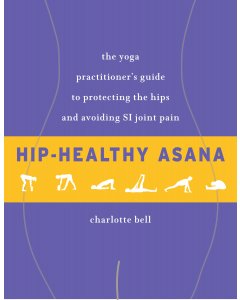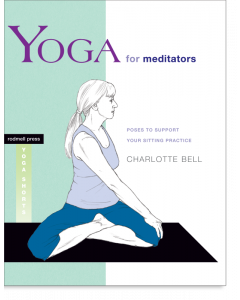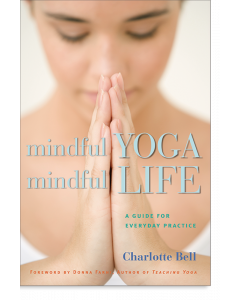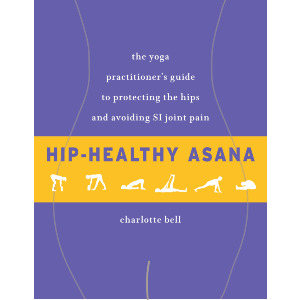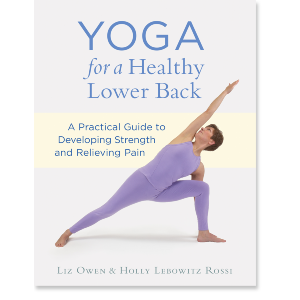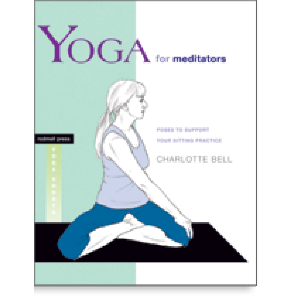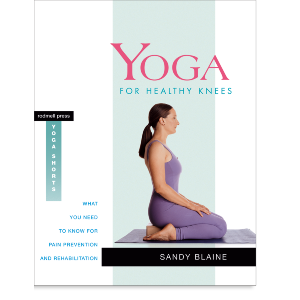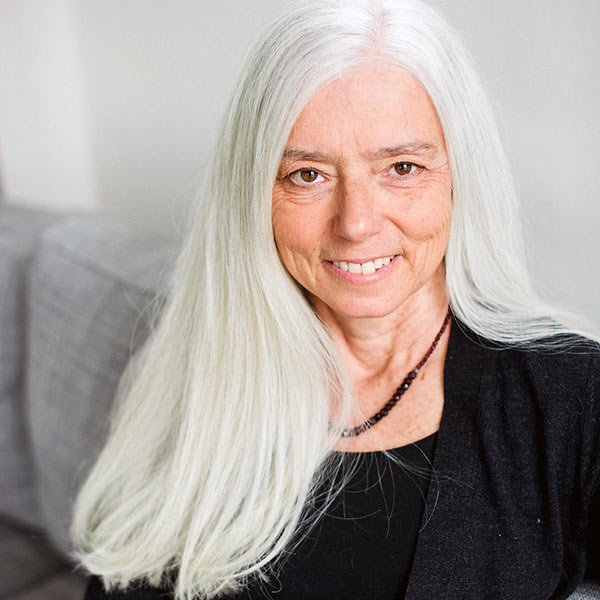

Charlotte Bell
Charlotte Bell began practicing yoga in 1982 and began teaching in 1986. Following a 1989 trip to Pune, India, she received teacher certification from B. K. S. Iyengar. She blends the practice of yoga with Insight Meditation. A lifelong musician, she plays oboe and English horn with the Salt Lake Symphony and performs with Scherzando Winds, blue haiku, and Red Rock Rondo. She lives in Salt Lake City. For information about her yoga classes and workshops, visit www.charlottebellyoga.com.
Charlotte Bell
GUIDES
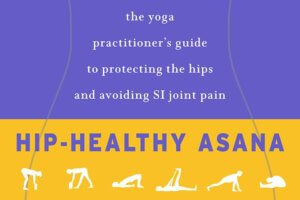
The Competitive Yoga Trap | An Excerpt from Hip-Healthy Asana
Comparing Our Practice
If I had to pick one thing that challenges Western yoga practitioners more than any other, it would be the urge to compete. Because I haven’t spent more than a few months living in other cultures, I don’t know this for a fact, but I suspect that the idea of being “on top” may be more integrated into the American collective psyche than it is in other cultures.
When I first learned that Hatha Yoga was not intended to be a competitive practice, I was at once elated and relieved. As a decidedly Type B personality, this was yet another reason for me to love the practice.
However, this didn’t stop me from eyeing fellow students to assess who was less flexible or—gasp!—more flexible than I. It also didn’t stop me from constantly critiquing my own practice in terms of past performance and future possibilities: “I went further last week! What’s wrong with me?” or “If only I could touch my foot to the back of my head, then I’d really be doing this pose right!”
The habit of comparing ourselves to others and judging our performance is often wired in to everything we do, not just asana practice. But in asana practice, the urge to compare and compete can lead to forcefulness, overstretching, and compromising our joints.
The habit of comparing ourselves to others and judging our performance is often wired in to everything we do, not just asana practice. But in asana practice, the urge to compare and compete can lead to forcefulness, overstretching, and compromising our joints.
Stopping the Urge to Compete
Here are some concepts to explore that might help you begin to unhook yourself from the urge to compete:
•We all come into the world with different genetics. Hair color, eye color, height, internal organs, nervous systems, construction of our joints and soft tissues, even our innate talents, all differ vastly from person to person. I’ve included this reminder in several sections of this book because it is so important! Our yoga practices will never look or feel the same as someone else’s.
•We all bring to practice decades of physical, mental, and emotional habits that influence the way our bodies and minds respond to practice. We’re all traveling unique paths that have, along with our unique genetics, shaped who we are today.
•Every single time we practice any asana it is, quite literally, the first time we have ever practiced that particular asana. Even if we’ve molded our bodies into Triangle Pose a thousand times in the past, today’s Triangle Pose is utterly new. What we’ve experienced in the days or hours between the last Triangle Pose and this one has changed us in some way. We are bringing a different body/mind to today’s practice.
All this means to me is that it’s truly a waste of our precious life force to continually compare our unique selves to other unique beings. It is also not productive to bemoan the fact that our bodies are not willing to go where they went last week or ten years ago. Our internal sense experience of this pose, right now, is the yoga—not some pose of the past or future that always seems to look so much better than the present.
It bears repeating: Asana practice has never been about performance. Our commitment to being present is what gives our practice its juice. Each asana is a process. If you want to keep your practice vital, be mindful of how your body responds to each in-breath and each out-breath. Stay inside the body, inside the process.
It bears repeating: Asana practice has never been about performance.
Related Books


